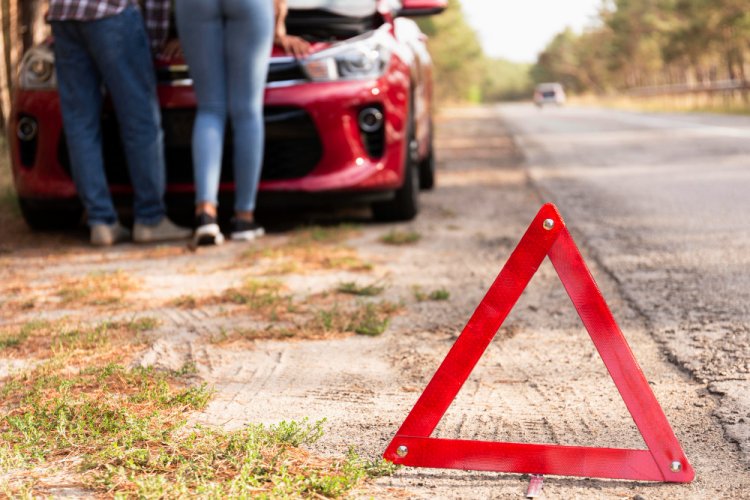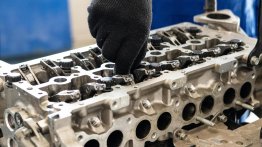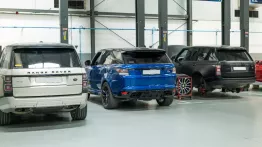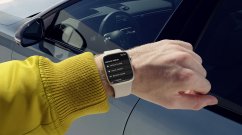Unfortunately, car accidents are all too prevalent on the world's roadways, and they often result in serious injuries, even death! But if we want to make roads safer and reduce the likelihood of accidents, we need to know what causes these incidents. This blog post explores the 9 leading causes of automobile accidents, explaining each one and offering advice on how to avoid them.
Image source: Image by freepik
Aggressive Driving
Aggressive driving, tailgating, swerving, and disobeying traffic signs and signals are all reckless driving. Both the driver and other motorists are put at risk when this happens. Road rage events and violent confrontations may escalate when drivers exhibit aggressive attitudes. The problem of careless driving can only be solved if traffic regulations are strictly enforced by law enforcement and if drivers show more tolerance, kindness, and understanding to one another.
Weather
Bad weather, including heavy downpours, snow, ice, fog, and high winds, makes driving very difficult and increases the likelihood of accidents. According to Chopin Law Firm LLC, a prestigious New Orleans car accident lawyer, “It becomes more challenging to maintain control of cars and respond to potential dangers when visibility is reduced, roads are slick, and traction is lessened. Drivers may lessen the severity of bad weather by modifying their driving habits, such as slowing down, increasing the space between themselves and the vehicle in front of them, and frequently using headlights and windshield wipers. To further reduce danger, it is recommended to plan trips and stay home during bad weather.”
Distracted Driving
No driver can pay attention to the road safely if distracted by things like eating, talking on the phone, texting, changing the radio, or chatting with passengers. A catastrophic outcome is possible with only a brief loss of focus. Avoiding anything that can divert a driver's attention from the road or their hands from the wheel is the first defense against distracted driving. Another technical approach that may assist in reducing distractions while driving is the use of hands-free gadgets and applications for smartphones.
Speedy Driving
In a nutshell, driving too fast both increases the probability of vehicle accidents and makes them worse if they do occur. Drivers lower stopping distances and respond less quickly to dangers when they drive too fast for the road and the weather. Airbags and seat belts are less effective when you're going too fast. The problem may be alleviated by enforcing speed limits strictly, running public awareness programs about the risks of speeding, and installing traffic calming devices like speed bumps and radar speed signs.
Use of Drugs or Alcohol
Drunk drivers are more likely to be involved in accidents because they have poor coordination, judgment, response time, and eyesight. Rigid enforcement of DUI legislation, education on the repercussions of driving under the influence, and the promotion of alternative transportation choices, such as designated drivers or ridesharing services, are crucial in the fight against impaired driving. Also, innovation like ignition interlock devices makes it impossible for drunk drivers to get behind the wheel.
Stop Signs and Red Lights
Accidents at junctions are common results of drivers who carelessly disregard traffic signals and stop signs. When drivers ignore traffic signals and run red lights, they increase the risk of T-bone accidents, which are devastating side-impact collisions that may cause serious injury or death. The installation of red light cameras, public awareness programs stressing the need to respect traffic signals, and stringent traffic regulations enforcement are crucial to resolving this problem. Red light and stop sign offenses may also be reduced via technical upgrades like junction warning systems and increased visibility.
Driving When Exhausted
Driving while exhausted lowers response times, hinders cognitive function, and raises the likelihood of accidents. Some of the causes of fatigue include not getting enough sleep, driving for extended periods without breaks, untreated sleep problems, and drowsy-causing drugs. Drowsy drivers are likely to lose vehicle control, veer off the road, or even fall asleep at the wheel. To prevent becoming sleepy drivers, drivers should get enough sleep, take frequent breaks when traveling long distances, and not go behind the wheel when they typically sleep. Corporations may discourage workers from getting behind the wheel when they're too tired and ensure they can access reliable transportation alternatives when needed.
Underage Driving
Teenage drivers are less skilled at identifying and reacting to road dangers due to their lack of experience behind the wheel. Restrictions on nighttime driving and passenger numbers, as well as graded licensing systems, parental engagement, and thorough driver education programs, may all assist in reducing the increased collision risk among young drivers. Promoting safe driving practices from a young age requires constant education and awareness initiatives for adolescent drivers and their parents.
Mechanical Failures
Mechanical failures, including brakes, tires, steering system, and engine difficulties may exacerbate automobile accidents. Mechanical failures often occur due to improper maintenance, improper repairs, or defective manufacture. To catch problems early before they become dangerous, it is essential to examine and maintain vehicles regularly. Regular checks of fluid levels, tire pressure, and brake effectiveness should be part of a driver's proactive monitoring of their vehicle's performance. Preventing accidents and ensuring the safety of other road users requires prompt attention to any indications of mechanical failure.






















